Best Seasons for Foundation Repairs
Foundation repairs are most effective when performed during periods of stable weather, avoiding extreme temperatures and excessive moisture. Typically, mild and dry seasons provide optimal conditions for repairs, ensuring materials set properly and minimizing the risk of further shifting or damage.
Spring and early fall are generally ideal times for foundation repairs due to moderate weather conditions and lower humidity levels.
Avoid repairs during freezing temperatures or heavy rain, as these can hinder curing processes and compromise repair quality.
Planning repairs during stable weather windows can reduce delays and ensure long-lasting results.
Extreme temperature fluctuations can cause soil movement, which may affect foundation stability and the effectiveness of repairs.

Ways to make Foundation Repairs work in tight or awkward layouts.
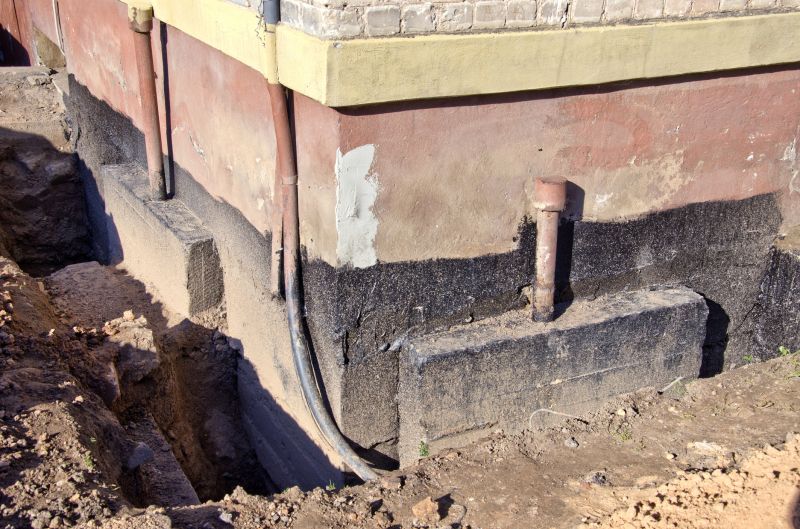
Popular materials for Foundation Repairs and why they hold up over time.
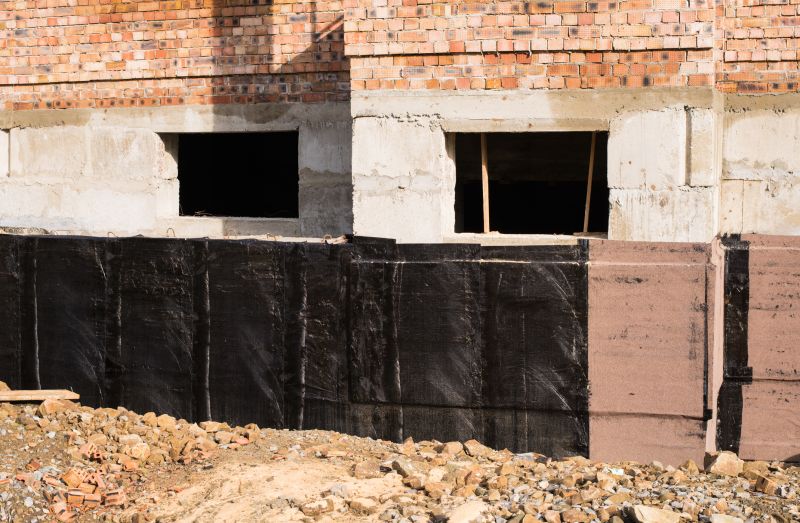
Simple add-ons that improve Foundation Repairs without blowing the budget.
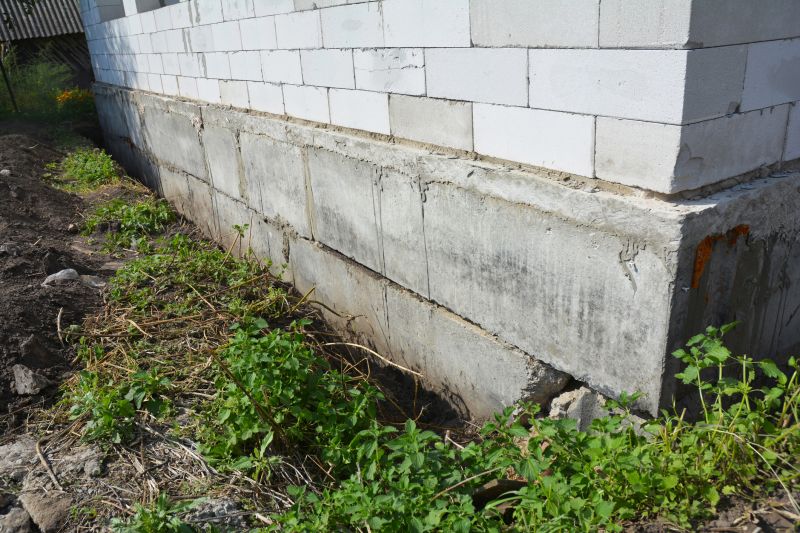
High-end options that actually feel worth it for Foundation Repairs.
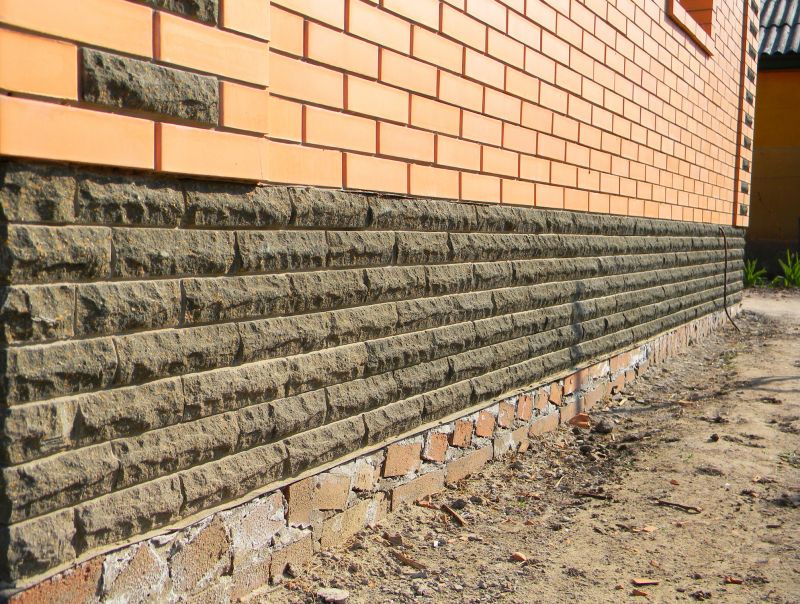
Finishes and colors that play nicely with Foundation Repairs.
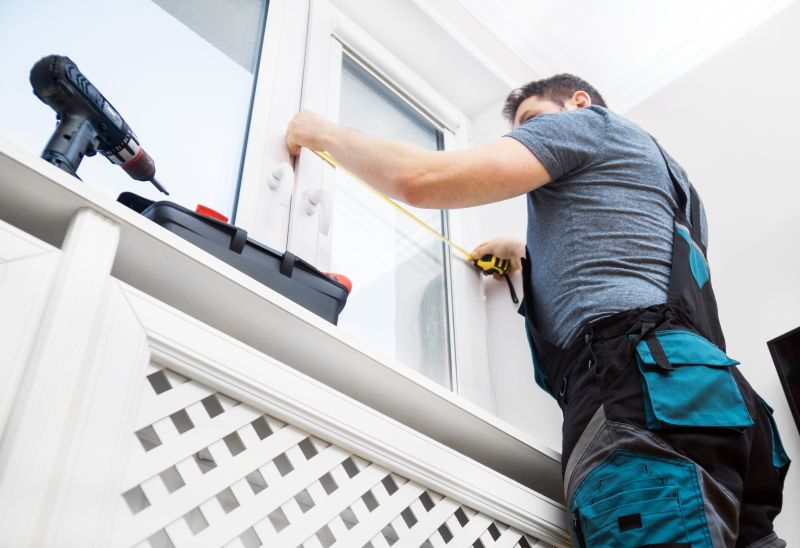
Little measurements that prevent headaches on Foundation Repairs day.
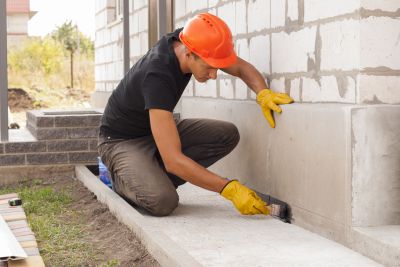
A 60-second routine that keeps Foundation Repairs looking new.
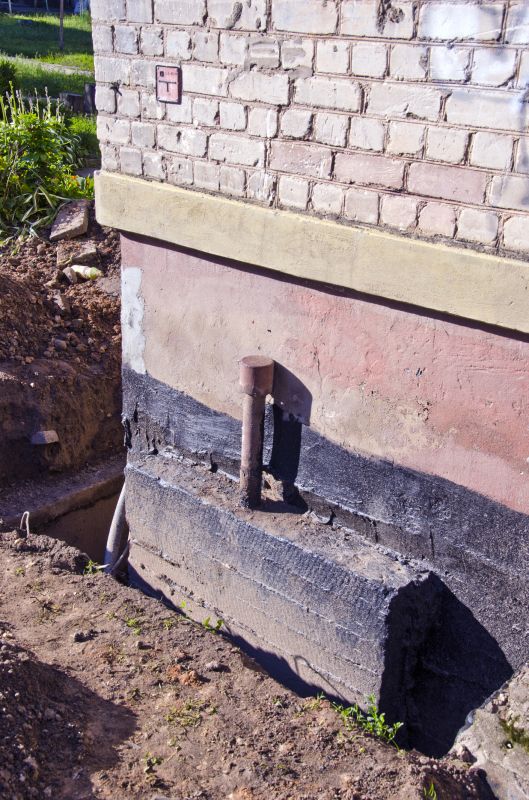
A frequent mistake in Foundation Repairs and how to dodge it.

Small tweaks to make Foundation Repairs safer and easier to use.
Foundation repairs are crucial for maintaining the structural integrity of a building. Addressing issues early can prevent costly damages and extensive repairs in the future. Common causes of foundation problems include soil settlement, moisture fluctuations, and poor construction practices. Statistics indicate that foundation issues account for a significant percentage of structural repairs in residential properties, emphasizing the importance of timely intervention.
Proper foundation maintenance involves regular inspections and addressing signs of distress promptly. Repair techniques vary depending on the severity and type of damage, such as underpinning, piers, or wall stabilization. Skilled assessment and appropriate methods ensure the longevity and safety of the structure, safeguarding property value and occupant safety.
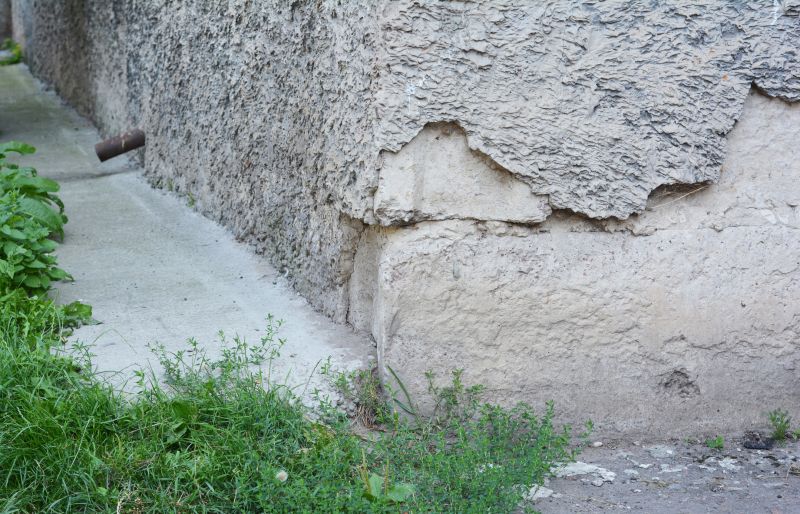
Lower-waste or water-saving choices for Foundation Repairs.

The short, realistic tool list for quality Foundation Repairs.

Rough timing from prep to clean-up for Foundation Repairs.
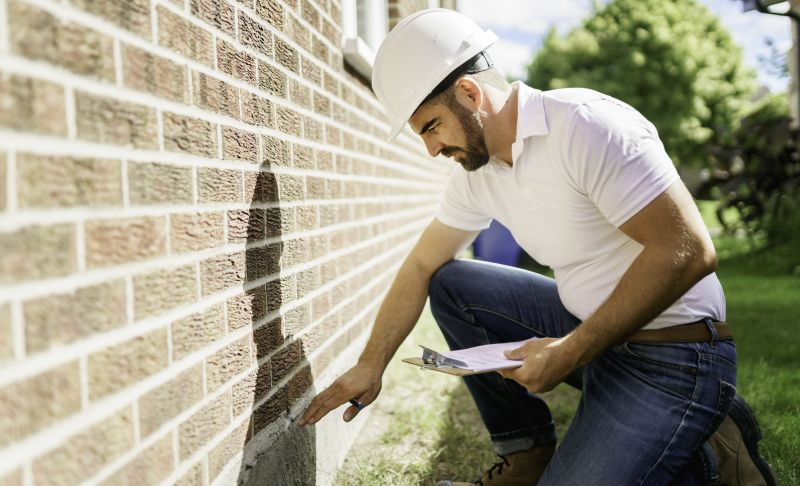
Quick checks and paperwork to keep after Foundation Repairs.
| Season/Timing | Best Practices |
|---|---|
| Spring | Ideal for moderate weather and soil stability |
| Early Fall | Good for avoiding extreme temperatures and moisture |
| Avoid Winter | Cold temperatures hinder curing |
| Avoid Heavy Rain | Excess moisture can affect repair integrity |
| Post-Drought | Ensure soil moisture levels are stable |

